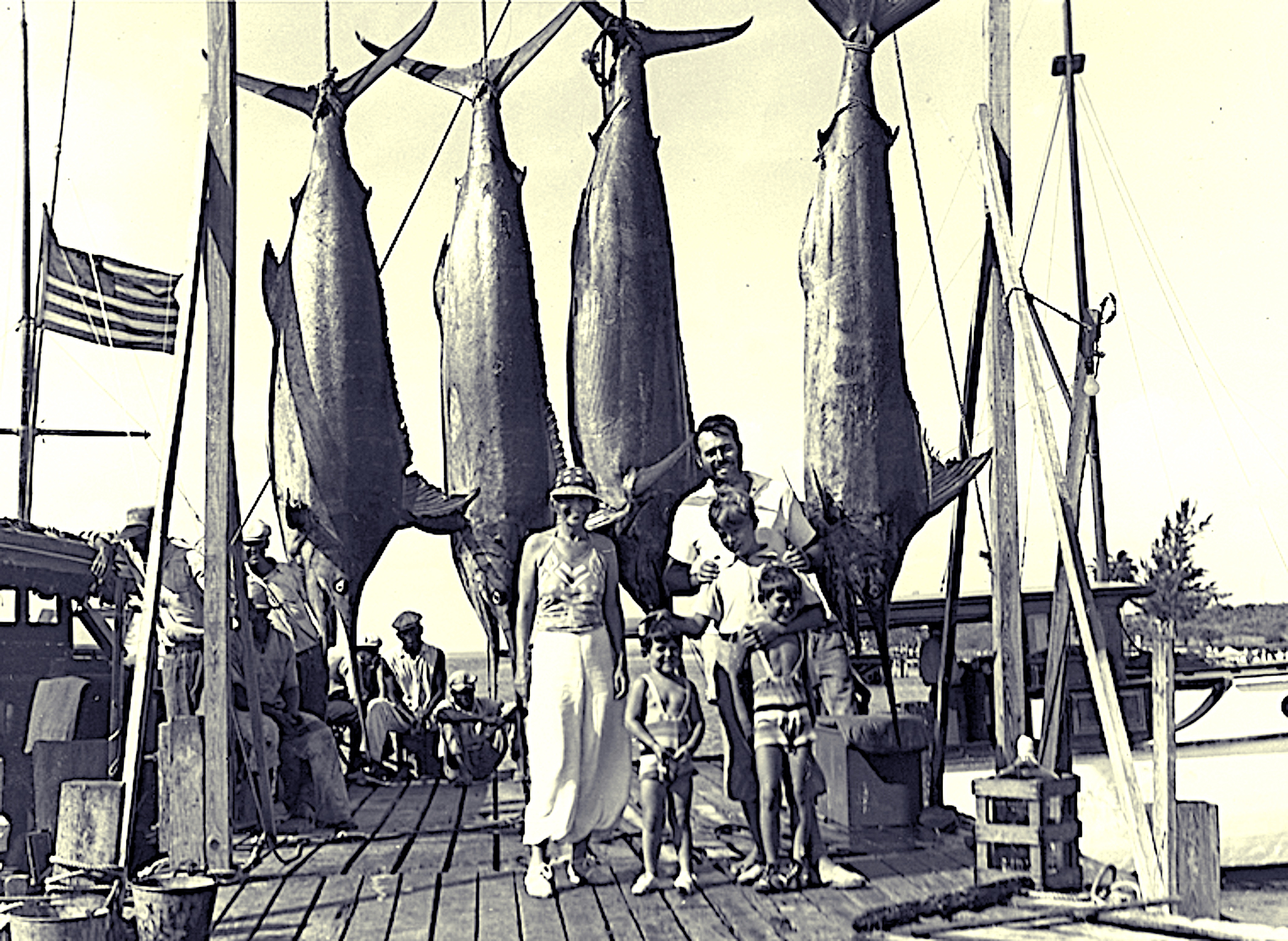Have the Mercury Levels Changed in Blue Marlin Since 1975?

A new study on blue marlin reveals whether efforts to reduce mercury emissions have been successful.
Research Need
Some forms of mercury are powerful neurotoxicants that can threaten human health. Apex marine fish predator species, such as blue marlin, which are often consumed as seafood, are prone to have high concentrations of methylmercury — the most toxic form of mercury to humans consuming seafood products.
What did we study?
We analyzed muscle tissue samples from 148 blue marlin that were collected from the Big Rock Blue Marlin Tournament between 1975 and 2021 to determine whether there were long term changes in the concentration of total mercury. We also determined the portion of total mercury that was comprised of the most toxic (methylated) form of mercury.
Finally, we measured selenium concentration from a subset of the fish that were sampled; selenium has the ability to offset the toxicity of methylmercury.
Statistical analyses and interpretations of the results were performed by NC State University and NOAA personnel.
What did we find?
We found that concentrations of total mercury declined from the 1970s to 1990s, and then were generally steady. Methylmercury was but a minor fraction of total mercury, suggesting that toxicity of blue marlin was not as great as is the oft-assumed case with other fish species in which methylmercury is the sole or dominant source of mercury.
Blue marlin had a relatively high selenium concentrations, which to some degree offset the toxicity of methylmercury in this species.
Anything else?
Using blue marlin as a sentinel species, we found that initiatives by first-world countries to reduce mercury emissions have been successful over the past decades, despite increases in mercury emissions from heavy polluters such as China.
Our findings indicate that mercury toxicity is not as great in blue marlin as often is assumed, because methylmercury is a minor component of the total mercury load in our samples. However, our research does not and cannot provide specific guidance on how much blue marlin is safe for an individual to consume; that depends on a myriad of biological and medical factors that were beyond the scope of our study.
Reading
Rudershausen, P.J., F.A. Cross, B.J. Runde, D.W. Evans, W.G. Cope, J.A. Buckel. (02/2023). “Total mercury, methylmercury, and selenium concentrations in blue marlin Makaira nigricans from a long-term dataset in the western north Atlantic”. The Science of the total environment (0048-9697), 858, p. 159947. https://doi.org/10.1016/j.scitotenv.2022.159947
Partial funding for the project was provided by the Big Rock Blue Marlin Tournament in Morehead City, North Carolina.
BY PAUL RUDERSHAUSEN.
The text from Hook, Line & Science is available to reprint and republish at no cost with this attribution: Hook, Line & Science, courtesy of Scott Baker and Sara Mirabilio, North Carolina Sea Grant.
- Categories:



